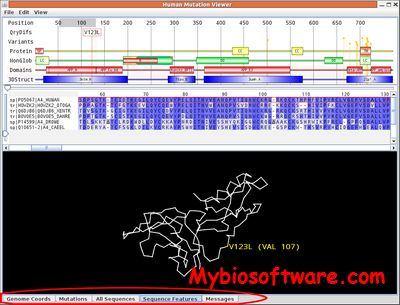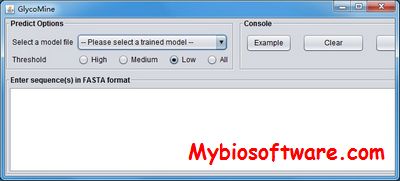GenCLiP 3
:: DESCRIPTION
GenCLiP is a literature mining tool that can cluster a list of genes with keywords that are auto-extracted from their up-to-date related literature and then manually curated by the user. GenCLiP can also generate a group of negative control genes and a group of positive control genes for comparing the cluster results with the analyzed genes to filter out un-specific keywords.
::DEVELOPER
GenCLiP team
:: SCREENSHOTS

:: REQUIREMENTS
:: DOWNLOAD
 NO
NO
:: MORE INFORMATION
Citation
Wang JH, Zhao LF, Wang HF, Wen YT, Jiang KK, Mao XM, Zhou ZY, Yao KT, Geng QS, Guo D, Huang ZX.
GenCLiP 3: mining human genes’ functions and regulatory networks from PubMed based on co-occurrences and natural language processing.
Bioinformatics. 2019 Nov 4:btz807. doi: 10.1093/bioinformatics/btz807. Epub ahead of print. PMID: 31681951.
Bioinformatics. 2014 Apr 23. pii: btu241. [Epub ahead of print]
GenCLiP 2.0: a web server for functional clustering of genes and construction of molecular networks based on free terms.
Wang JH, Zhao LF, Lin P, Su XR, Chen SJ, Huang LQ, Wang HF, Zhang H, Hu ZF, Yao KT, Huang ZX.
BMC Bioinformatics. 2008 Jul 13;9:308.
GenCLiP: a software program for clustering gene lists by literature profiling and constructing gene co-occurrence networks related to custom keywords.
Huang ZX, Tian HY, Hu ZF, Zhou YB, Zhao J, Yao KT.
 NO
NO


